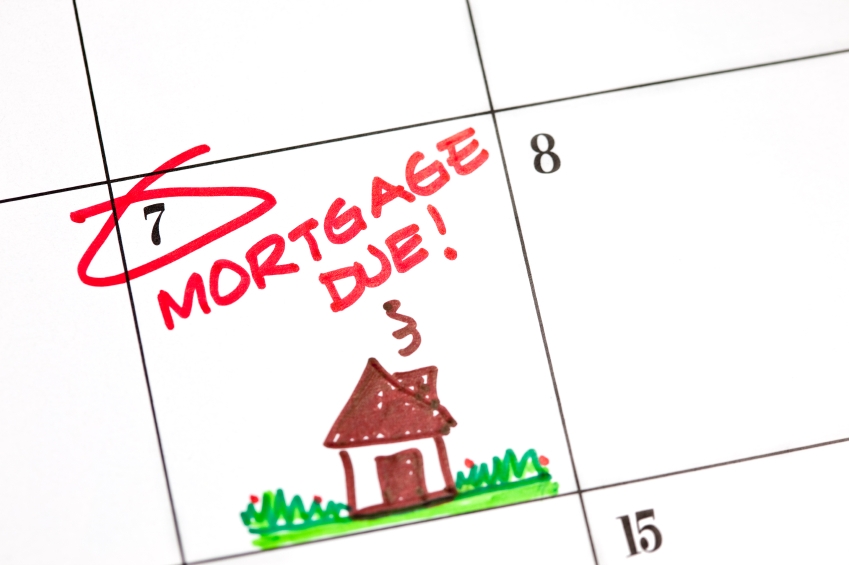Considering building a new home? Here is what you will need to understand.
Building a home is complex; your low mortgage rate shouldn’t be.
Let’s take a look at three different ways to finance your newly constructed home in Canada:
- Builder/Contractor built a home with your money: Customer has made an agreement with a registered builder to construct their home.
- Mortgage Options: Completion Mortgage or Progress Draw.
- Self-Built Home: Customer would like to act as his/her own contractor.
- Mortgage Options: Completion Mortgage or Progress Draw.
- Builder constructed home with their money: Customer requests funds when the home is 100 % complete.
- Mortgage Options: Completion Mortgage.
Completion Mortgage
After you have purchased or built your new home through a residential homebuilder you will then require Canadian mortgage rate funds when the house is finished.
Progress Draw Mortgage
This mortgage is a type of funding that is advanced in intervals.
Relevant Terms
- Solicitor: A progress draw requires a solicitor.
- Progress Inspection Report: Details progress before the advancement of the best mortgage rate funds.
- Interest on Draws/Advances: Interest is charged on total amount advanced.
- Final Advance: Released upon final inspection after verifying that the job is complete.
- Mortgage Insurance: Land draws are not available under CMHC guidelines.
Completion Stages
There are generally 3 stages to building a house:
- Roof Stage / Roof Tight— Approximately 35 % complete.
- Intermediate / Lock Up— Approximately 65 % complete.
- Final Occupancy / Completion— 100 % complete.
Required Documentation
- Written employment and income confirmation
- Proof of down payment or equity
- Copies of quotes
- Full appraisal
- Plans / House specifications
- Fire insurance certificate
Do you need help working out the details of your construction mortgage? Contact FamilyLending.ca for expert advice.




